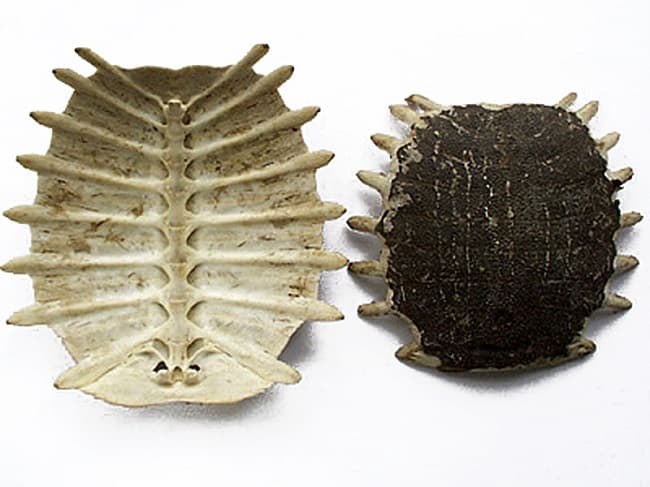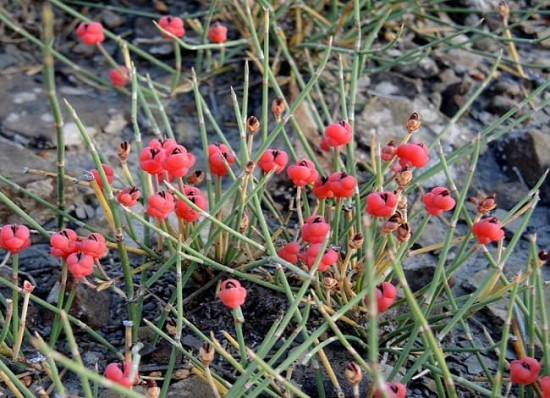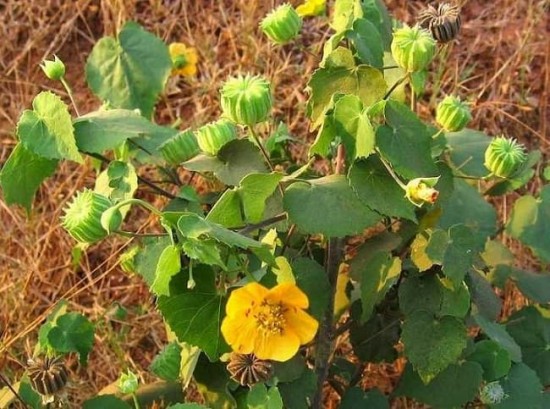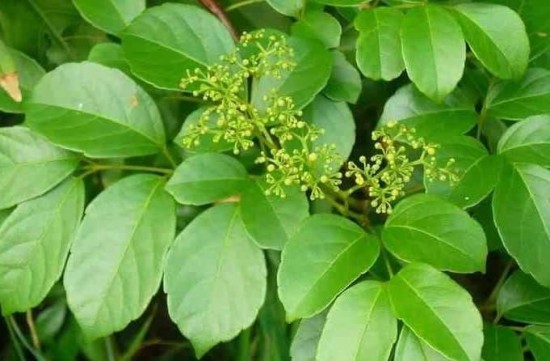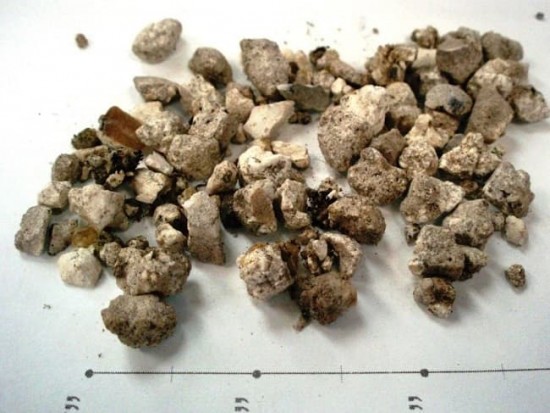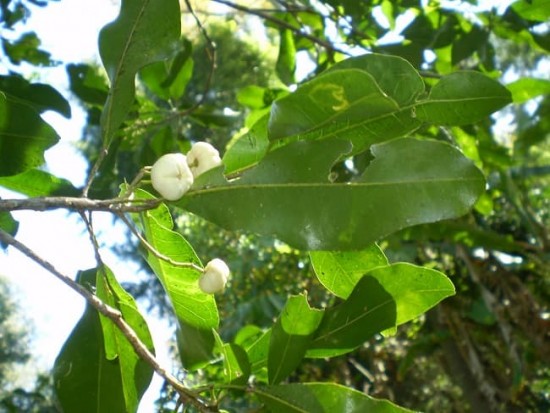Cao Quy Bản
-
Turtle Carapace is the carapace of Trionyx sinensis Wiegmann (Fam. Trionychidae). The animal is collected all the year round, but mostly in autumn or winter, killed, scalded by boiling water until the hard skin of the carapace can be peeled off, taken out. The drug is collected, removed from the remaining muscles, and dried in the sun.
Tên khoa học:
Trionyx sinensis Wiegmann Trionychidae
Turtle Carapace is the carapace of Trionyx sinensis Wiegmann (Fam. Trionychidae). The animal is collected all the year round, but mostly in autumn or winter, killed, scalded by boiling water until the hard skin of the carapace can be peeled off, taken out. The drug is collected, removed from the remaining muscles, and dried in the sun.
Description: Elliptic or oval, dorsal surface convex, 10-15 cm long, 9-14 cm wide. The outer surface blackish-borwn or dark green, somewhat lustrous, with fine reticular wrinkles and greyish-yellow or greyish-white spots, longitudinal ridge in the middle, eight transverse concave strips arranged symmetrically on each side of the ridge. Serrated sutures observable when the outer skin peeled off. Inner surface whitish, projecting vertebrae in the middle, the cervical vertebrae curved inward, 8 ribs arranged on each side of the vertebrae, stretched out of the margin Texture hard. Odour, slightly stinking; taste, weak.
Flavor Mild cold; salty.
Meridian tropism Liver and kidney meridians.
Actions To nourish yin and subdue yang, abate heat and relieve steaming, soften hardness and dissipate binds.
Indications Yin deficiency fever, steaming bone and consumptive fever, yin deficiency and yang hyperactivity, diziness and vertigo, internal stirring of defiency wind, extremities convulsions, amenorrhea, aggregation and accumulation, chronic malaria and malarial nodule.
Administration and dosage 9-24 g. It should be decocted first Storage Preserve in a dry place, protected from moth.
Trionyx sinensis Wiegmann Trionychidae
Turtle Carapace is the carapace of Trionyx sinensis Wiegmann (Fam. Trionychidae). The animal is collected all the year round, but mostly in autumn or winter, killed, scalded by boiling water until the hard skin of the carapace can be peeled off, taken out. The drug is collected, removed from the remaining muscles, and dried in the sun.
Description: Elliptic or oval, dorsal surface convex, 10-15 cm long, 9-14 cm wide. The outer surface blackish-borwn or dark green, somewhat lustrous, with fine reticular wrinkles and greyish-yellow or greyish-white spots, longitudinal ridge in the middle, eight transverse concave strips arranged symmetrically on each side of the ridge. Serrated sutures observable when the outer skin peeled off. Inner surface whitish, projecting vertebrae in the middle, the cervical vertebrae curved inward, 8 ribs arranged on each side of the vertebrae, stretched out of the margin Texture hard. Odour, slightly stinking; taste, weak.
Flavor Mild cold; salty.
Meridian tropism Liver and kidney meridians.
Actions To nourish yin and subdue yang, abate heat and relieve steaming, soften hardness and dissipate binds.
Indications Yin deficiency fever, steaming bone and consumptive fever, yin deficiency and yang hyperactivity, diziness and vertigo, internal stirring of defiency wind, extremities convulsions, amenorrhea, aggregation and accumulation, chronic malaria and malarial nodule.
Administration and dosage 9-24 g. It should be decocted first Storage Preserve in a dry place, protected from moth.



